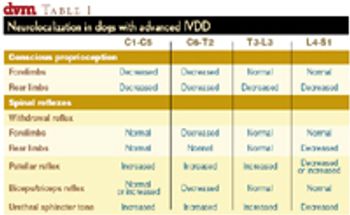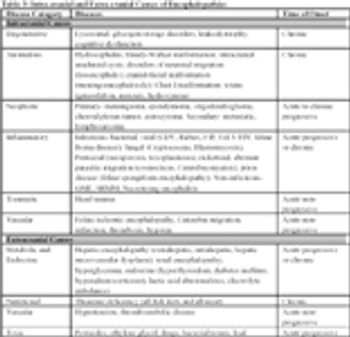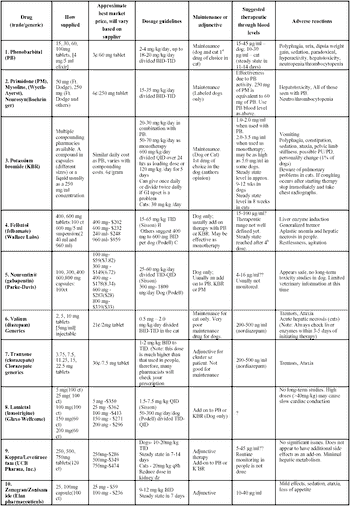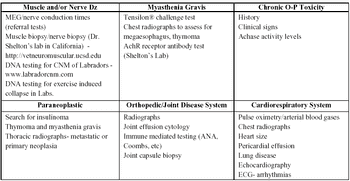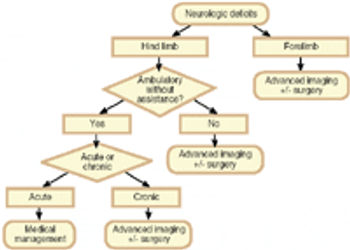
In last month's column we discussed the pathophysiology of intervertebral disk disease (IVDD). Once IVDD is diagnosed, the clinician must again use the history (onset and course of clinical signs) and the physical exam (neurological status) to formulate the therapeutic plan.





